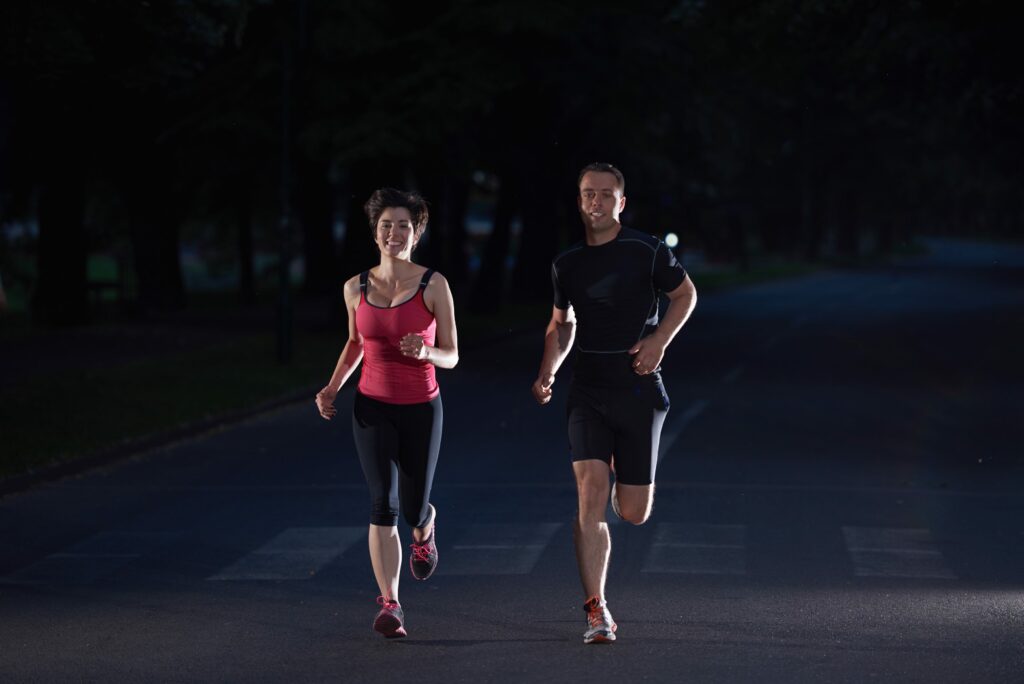How progressive runs make you a better runner

Numerous training methods will make you a better runner: Interval training, hill running, stair running, and strength training. But of all things, one particularly effective measure is used far too rarely: progressive runs. Read on if you want to know more about it:
What are progressive runs?
With this form of training, you start your run at a very slow pace. And slow means slow. In technical jargon, it is called “basic endurance one,” and the pace is even a bit slower. So you will run in the aerobic zone first. It means that you have more than enough oxygen at your disposal, and you can talk without any problems. Little by little, you will then increase the pace. There are several possibilities, which I will discuss below. But here are the advantages of doing progressive endurance runs:
- They have been proven to increase your endurance.
- You can use them to train the feeling for speed that is so important for competitions.
- They also require patience and discipline.
- They reduce the risk of injury and do not tire you out so quickly.
- Another plus: They are less stressful than interval training, and you’re not so exhausted after practice.
Here is what you should look out for
First of all: Top athletes use progressive endurance runs to learn to run the second half of a long race faster than the first half. The unique thing about it: Although you continuously increase the speed, you should remain relatively relaxed. Tip for all those who have not yet done progressive endurance runs. The speed at the end of the run should never be higher than your average speed in a marathon, half-marathon, or a street race.

Some training tips for progressive runs
The following tips are only suitable for experienced runners who have been training regularly for a long time and can run for an hour or more. Running beginners should first create a basis for themselves. So if you are an experienced runner and maybe even participate in competitions, you have several possibilities to do progressive endurance runs:
- You choose a 4-mile course and run the first 2 miles at a very slow pace. In the second half, you run 30 seconds faster each mile.
- For a 5-mile run, you run the first half at a very slow pace. In the second half, you run 20 seconds faster every mile.
- If you run a marathon or half marathon, you can also run a longer distance of 8 to 10 miles. Two-thirds of the range you run very slowly and slowly. In the last third, you increase your speed and run a little faster than your competition pace.
- The so-called third run is viral. You divide your training into three sections. The first third you run very, very slowly. It may be under basic endurance one. The second third, you run at the basic endurance pace, which is still quite slow. And the last third you let it all hang out. Your pulse should be 80 to 90 percent of your maximum heart rate. But necessary: You should always have the feeling that you can run even faster.
- Very experienced marathon runners can also do a so-called midweek run. It should take place two or three days after an intensive interval or pace run and can be between 45 and 75 minutes long. The first half you run at marathon pace. The next 25 percent of the distance about 10 seconds faster than your marathon pace. And the last 25 percent of the distance you run at your half marathon pace.
A few more tips
Finally, I would like to point out again that progressive runs are not suitable for beginners. You should already have done regular endurance training and ideally also strength training several times a week for at least a year. And of course, progressive endurance runs are not the only fast training method. But they are ideally suited to integrate them into your training from time to time. They are especially advisable when you have a not so good day. Your body likes a very slow pace at the beginning, and often it dispels tiredness.